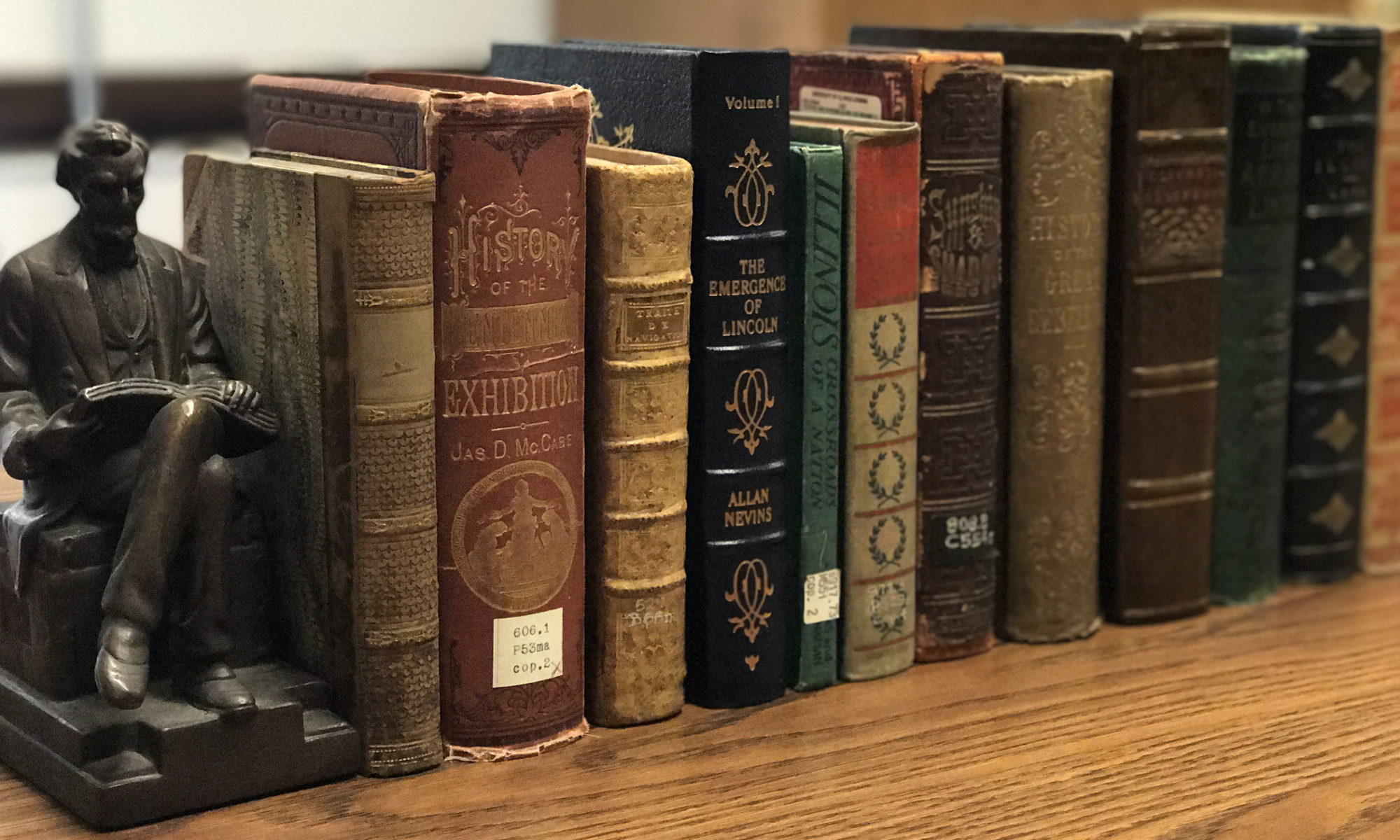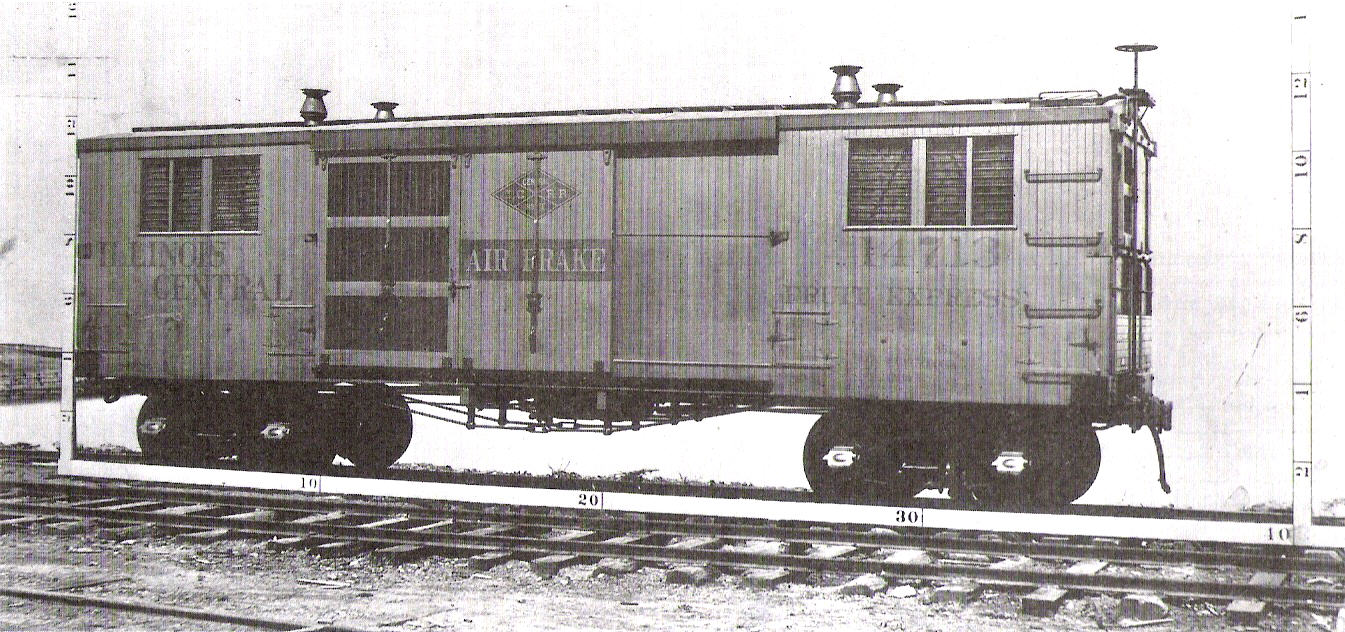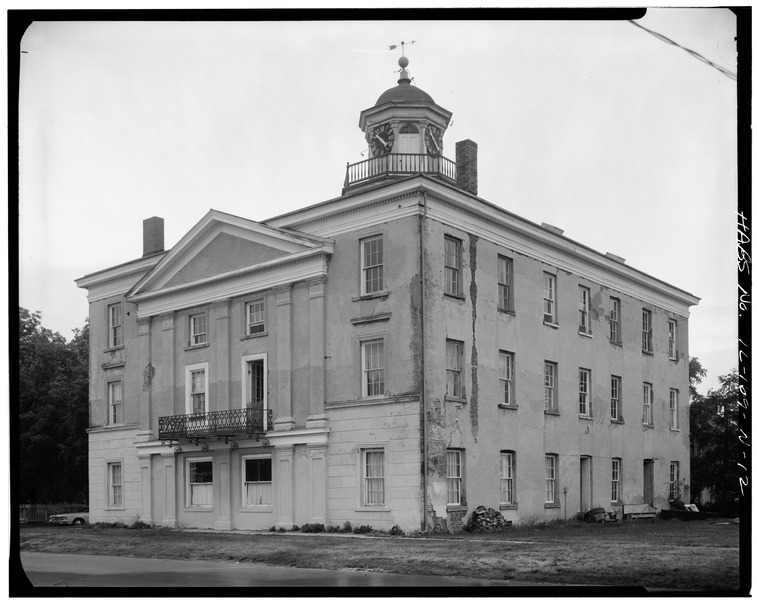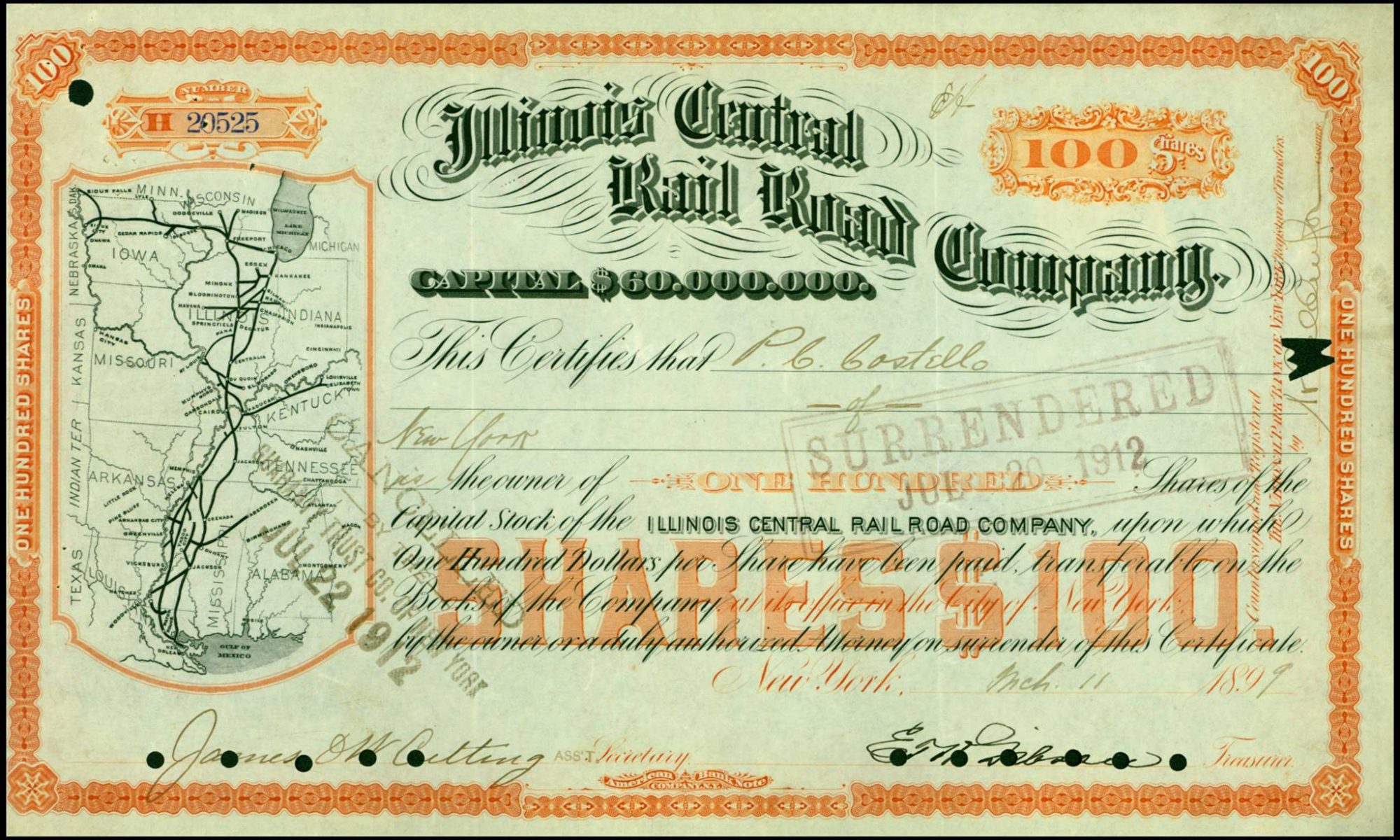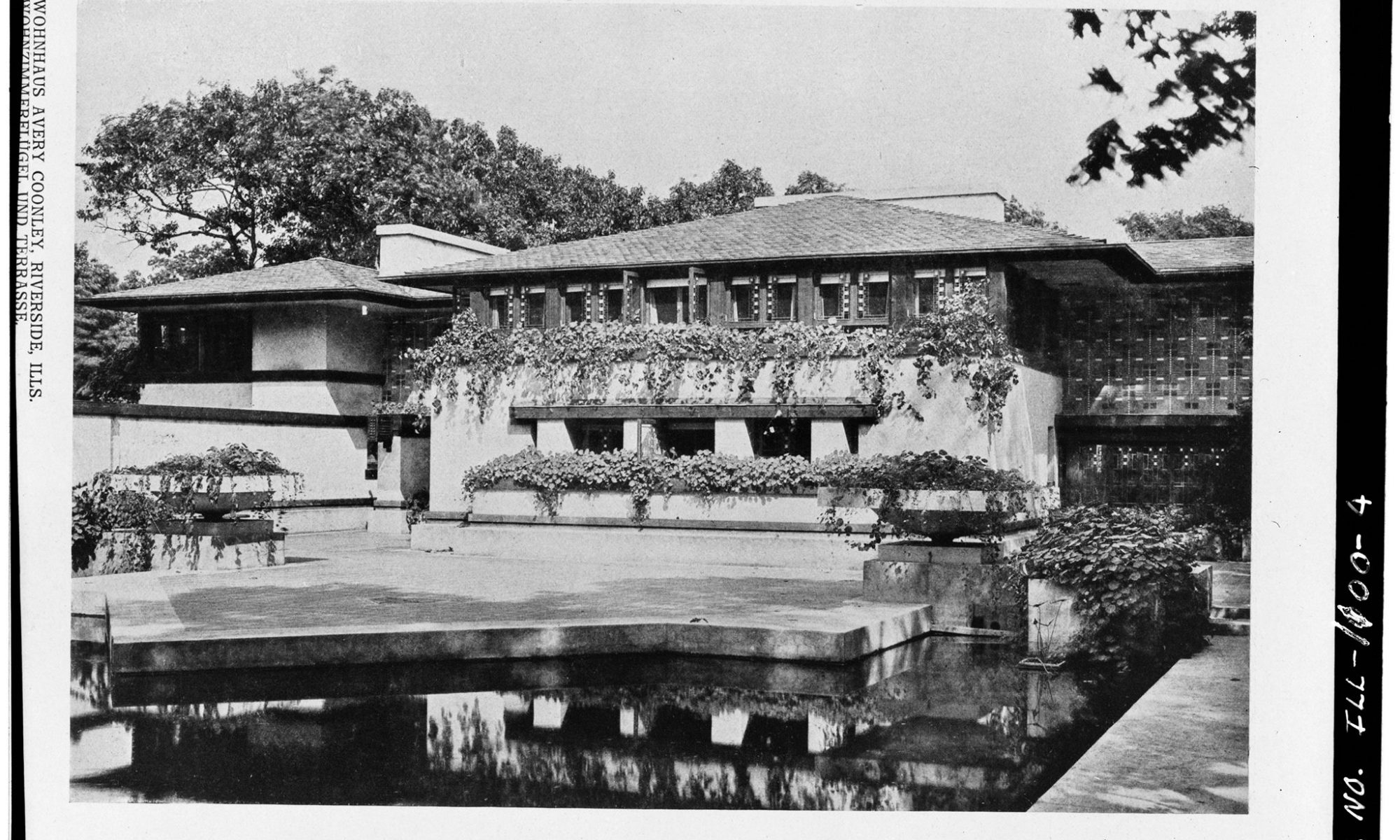Today we’ll visit Macon, IL (pop. 1,204) for #SmallTownSaturday!
Located in central Illinois within Macon County, the city of Macon is nine miles south of the county seat Decatur. Situated in the famous corn belt of Illinois, Macon lies midway between Chicago and St. Louis. The low and level prairie was thought unfit for agriculture around its early settlement, but has since become a major producer of corn, along with hay and oats.
The foundations of Macon, and the county itself, are rooted in the development of the railroad in Illinois. In 1834, Governor Joseph Duncan proposed a train line to run through Decatur.… Read More
